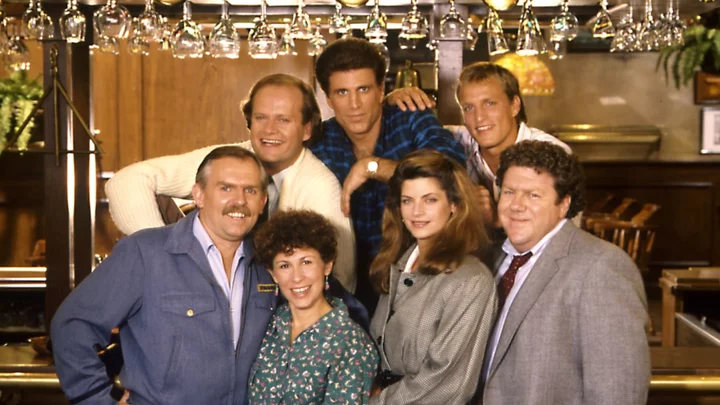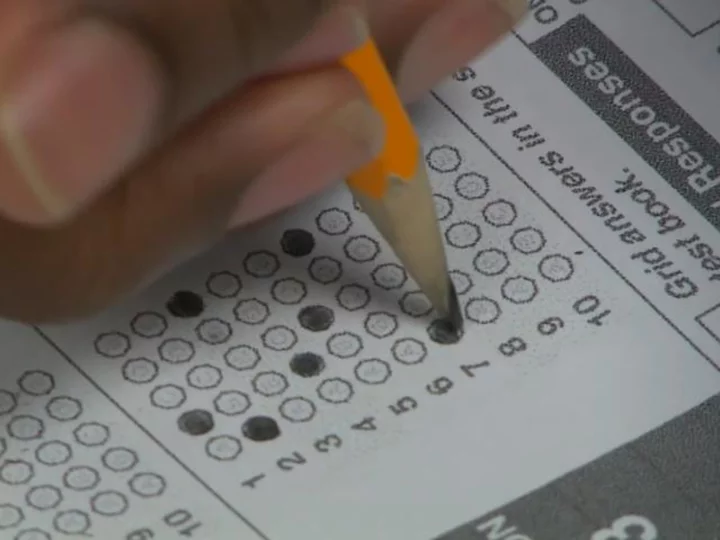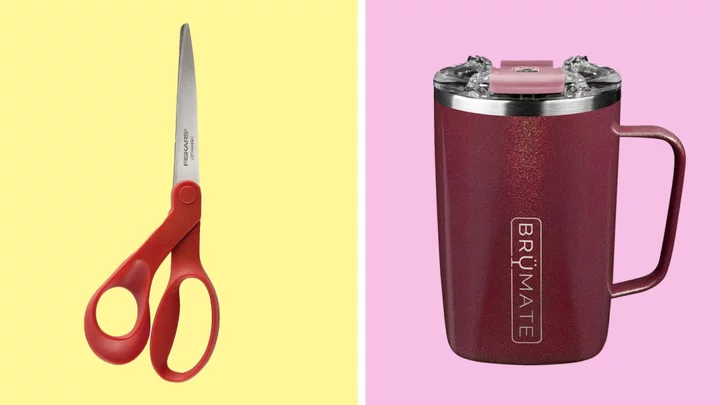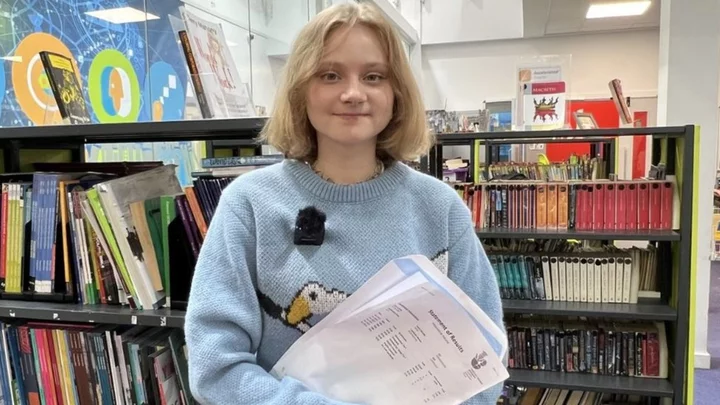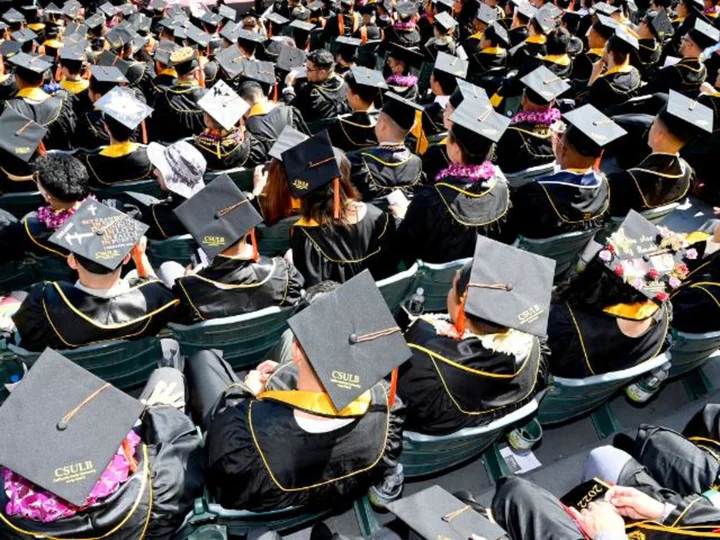There may have been times when fans of NBC’s hit sitcom Cheers (1982-1993) wanted to sidle up to the bar and chat up recurring patrons Norm (George Wendt) and Cliff (John Ratzenberger), who traded quips and quaffed beers in quantities that would strain anyone’s liver.
For a period of time in the 1990s, that was surprisingly feasible. A number of Cheers-themed bars sprung up in airports around the country, and many of them featured two animatronic characters reminiscent of Norm and Cliff. When a customer approached them, they’d move, talk, and nurse a drink.
There was little indication the idea would spark a nearly decade-long legal tussle, with actors Wendt and Ratzenberger arguing that their robot doppelgängers were unauthorized, unapproved, and that Paramount (which owned Cheers) was drunk on its own power. While it made for humorous newspaper fodder at the time, the Cheers’ bots controversy served as a prelude of sorts to the artificial intelligence crisis gripping actors in Hollywood right now—even if the animatronics weren’t all that intelligent.
“This is a huge issue for Hollywood,” the actors’ attorney, Dale Kinsella, said at the time. “If a studio acquires the right to license an actor’s image cloaked in the outfit of the character, then [Paramount] could use Harrison Ford’s face to sell cigarettes or beer as long as he was dressed as Indiana Jones.”
Trouble Brewing
Though it took some time to find its audience, Cheers became one of television’s highest-rated shows. Starring Ted Danson as washed-up baseball pitcher-turned-bar owner Sam Malone, the series anchored NBC’s Thursday night line-up, spun off the equally successful Frasier, and made stars of virtually its entire cast, including Danson, Woody Harrelson, Kirstie Alley, and Shelley Long. When it signed off for the last time in 1993, 93 million viewers tuned in, making it the second most-watched program in TV history at the time. (The cast then reconvened for a special Tonight Show post-mortem, which involved a lot of actual drinking.)
Though the show was carried in large part by Danson and his romantic entanglements with Long’s Diane Chambers and Alley’s Rebecca Howe, the supporting cast was strong. Wendt’s Norm Peterson was a beefy accountant who sauntered into the bar in a nihilistic mood (“It’s a dog eat dog world, and I’m wearing Milk Bone underwear”). Ratzenberger’s Cliff Clavin considered the post office his calling and dropped trivia of questionable veracity. Together, the two were as much of a fixture at the bar as the taps.
Though a show set in a bar was not a licensing powerhouse, NBC and production house Paramount capitalized on Cheers where they could. The Bull and Finch Pub in Boston, which was used for exterior shots, had a healthy tourist business; so did a replica bar built by the same owners nearby.
In what may have seemed like the next logical extension, Paramount agreed to license the Cheers property in the early 1990s to Host International, a subsidiary of Marriott which specialized in airport food and beverage distribution. After about 18 months of negotiating, Host and Paramount agreed that Paramount would have final say over the bar design and items, and would take a percentage of the revenue; Host would be responsible for operations.
With the deal set, Host began installing several Cheers-themed airport bars around the U.S. as well as New Zealand. While the locations had menu items like Sam’s Submarine Sandwich and various souvenir items for sale, the main attractions were robots of Norm and Cliff—at least, robots meant to evoke Norm and Cliff.
Though the robots were named “Hank Gifford” and “Bob Johnson,” it was clear who they were intended to be. One was wearing a rumpled suit reminiscent of Wendt’s disheveled Norm; the other sported a uniform that could easily be mistaken for Cliff’s postal worker attire. At a cost of $40,000 for the pair, they boasted of some high-tech features for the era: A program spit out 30 different “conversations” the two could have, which also included responses for customers. They were not unlike two beer-guzzling Teddy Ruxpins.
“They sort of slump forward at the bar, and then every few minutes they sit up straight, look at each other and have jovial conversations,” said Richard Sneed, a spokesman for Host International. In 1992, Sneed claimed that airport bars getting the Cheers facelift doubled their revenue. A location in Detroit tripled it, from $500,000 in 1990 to $1.5 million in 1991. One couple was so engrossed in this bizarre Chuck E. Cheese-esque experience they missed their flight.
Paramount and Host were pleased. Wendt and Ratzenberger were not. In January 1993, months before Cheers aired its final episode, the two filed a lawsuit claiming the animatronics were using their likenesses without permission. (And more importantly, without compensation.) It was, they argued, a violation of their right to publicity, or their ability to control their image so it’s not used by others for profit, a law that’s recognized in California.
Paramount, which joined the lawsuit against Host as co-defendant, countered that, as the rights holder for Cheers, they had a right to create derivative works and that the actors had no legal claim over the characters they portrayed.
The central question was whether Wendt and Ratzenberger’s control over their own likenesses trumped Paramount’s right to exploit their Cheers characters. It was a bar tab for a court to settle.
Face-Off
Initially, a federal judge in Los Angeles dismissed the suit, stating that the robots bore little resemblance to the actors. Then, in 1995, a U.S. appeals court reinstated it, insisting the case had enough merit to be heard by a jury. An appellate court backed that decision in 1999, stating that even if the robots didn’t look like Wendt and Ratzenberger, it was enough that they reminded consumers of the actors. And this time, the appellate judges threw real shade on the characters.
Norm, according to the judges’ written ruling, was a “fat, endearing, oft-unemployed accountant.” Cliff was a “dweebish mailman and something of a know-it-all windbag.”
In 2000, the Supreme Court rejected the Paramount/Host argument against the appeal, allowing it to stand. Finally, in 2001, the case was settled, which likely meant a monetary pay-off. At the time, both sides declined to comment on specifics.
By this point, the airport locations were being phased out anyway. The show, which was on the air as they were opening, was slipping further into television history; airports were being filled with restaurants from major franchises. The allure of a Cheers bar paled in comparison to Wolfgang Puck’s.
The Cheers court tussle, which proved moderately amusing in the 1990s, seems to take on greater weight now, in an era where actors are fearing the image could be used in perpetuity. Their likenesses, names, and voices can be repurposed digitally, regardless of their age or status as a living person. In time, we may see Hank and Bob as the opening salvo in the legal and ethical debate over where the actor ends and a character begins.
Related Tags
ROBOTS TV CULTURE Pop Culture NEWS BEER ENTERTAINMENT History DESIGN FOOD Home / TBT
